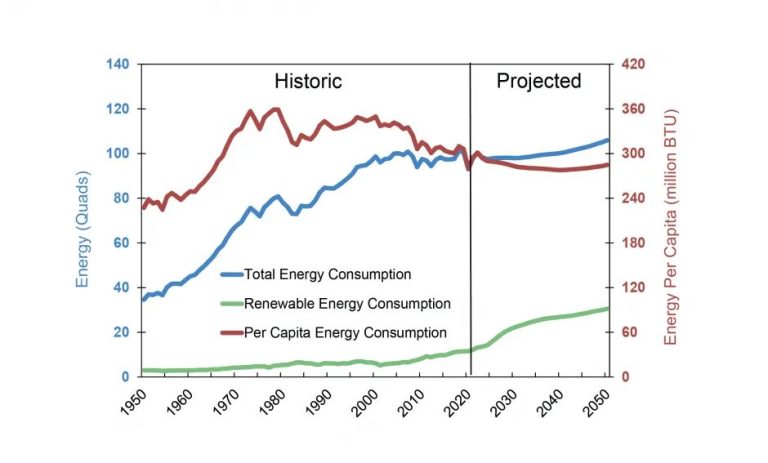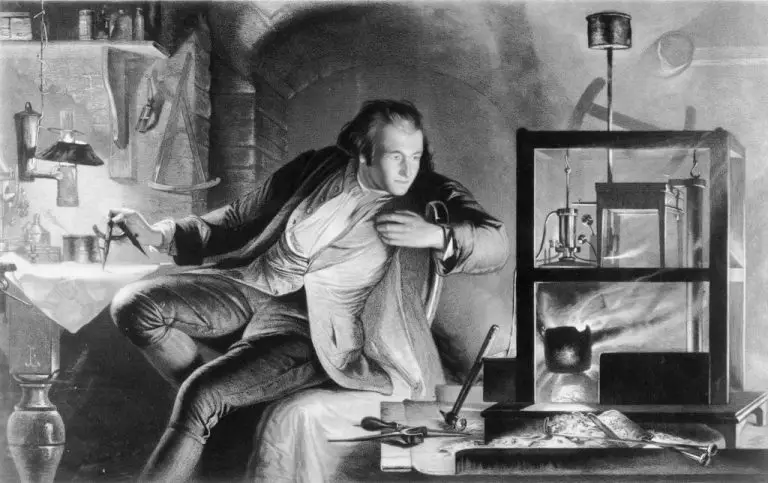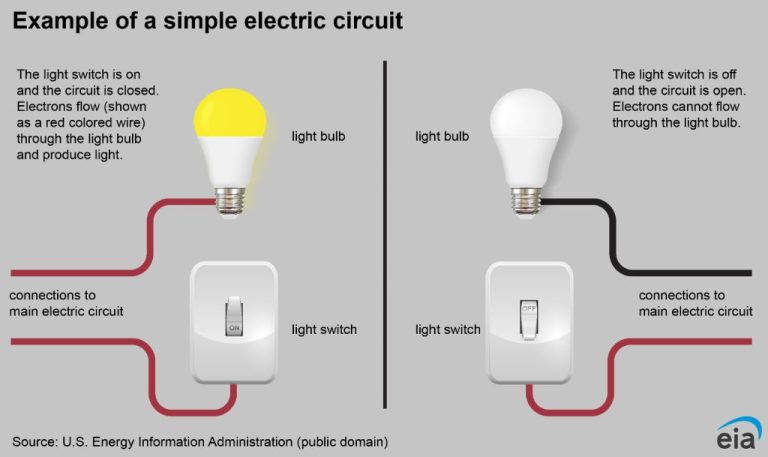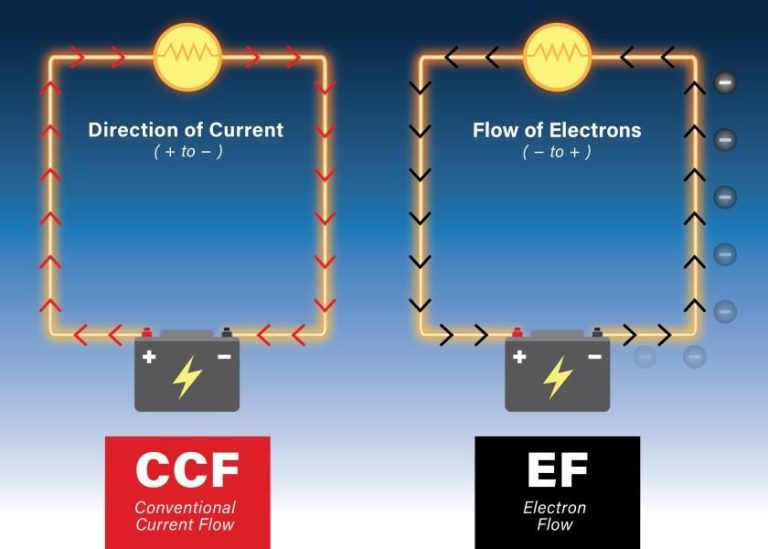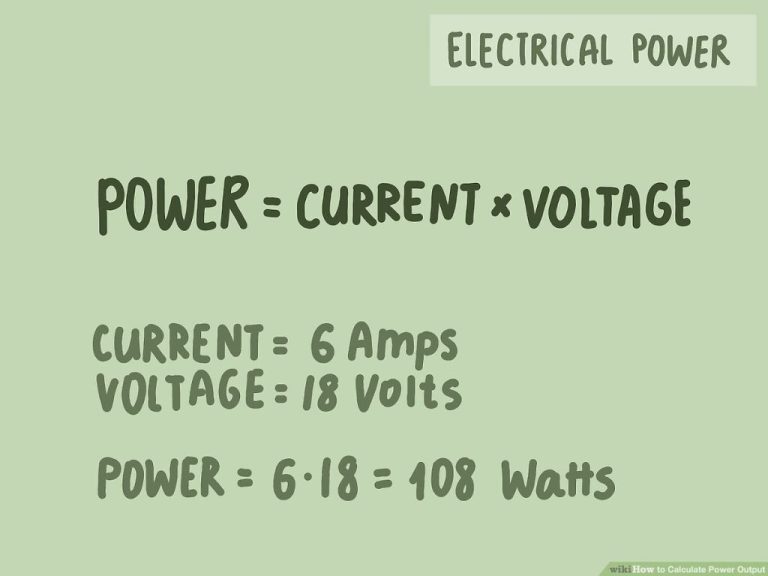What Percent Of Us Energy Is Renewable?
Renewable energy comes from natural sources that are continuously replenished, such as sunlight, wind, water, plants, and geothermal heat. With rising concerns about climate change and energy independence, there is growing interest in transitioning to renewable energy sources. In recent years, renewable energy has seen tremendous growth as costs have declined dramatically. This has prompted debates around how much of the nation’s energy actually comes from renewable sources. The goal of this article is to analyze the current percentage of US energy that comes from renewable sources.
Types of Renewable Energy
There are several major types of renewable energy sources that are used to generate electricity and heat homes and businesses. These include:
Solar Energy
Solar energy comes directly from the sun and is captured and converted in a few ways. Photovoltaic (PV) panels convert sunlight directly into electricity. Concentrated solar power (CSP) systems use mirrors to focus sunlight to heat a liquid, creating steam to turn a turbine. Solar heating systems use the sun’s warmth to provide hot water and heat homes. Source
Wind Energy
Wind turbines convert the aerodynamic power of the wind into mechanical power that drives a generator to produce electricity. Wind farms consist of many turbines erected together to produce energy on a large scale. Wind power is one of the fastest growing renewable energy sources. Source
Hydroelectric Power
Hydropower harnesses the energy of flowing water to generate electricity. Hydroelectric dams use the kinetic energy of falling water to turn turbines and produce power. Run-of-river hydro systems channel a portion of a river through a canal to spin turbines.
Geothermal Energy
Geothermal power utilizes the internal heat of the earth to produce steam or heated fluids that drive generators to produce electricity. Geothermal heating and cooling systems use pipes buried underground to control building temperatures.
Biomass
Biomass refers to organic material from plants and animals that is burned to release its stored chemical energy and generate electricity and heat. Sources include wood, agricultural waste, ethanol and landfill gas. Waste-to-energy plants burn MSW (municipal solid waste) to produce power.
Current Share of Renewables
According to the U.S. Energy Information Administration (EIA), in 2021 renewable energy sources accounted for about 12.2% of total U.S. energy consumption and about 20% of electricity generation (EIA). The main renewable energy sources used for electricity generation in the U.S. are:
- Hydropower – 30% of renewable electricity generation
- Wind – 26% of renewable electricity generation
- Solar – 21% of renewable electricity generation
- Bioenergy – 22% of renewable electricity generation
Other renewable sources like geothermal and hydrogen currently make up a small percentage of renewable electricity generation. While renewables overall account for a minority share of total U.S. energy production, their use has been steadily increasing over the past decade.
Growth Trends
Renewable energy generation in the U.S. has seen steady growth over the past decade. According to the U.S. Energy Information Administration, renewable energy provided about 11% of total U.S. energy consumption in 2019. This was up from 9% in 2011 and 5% in 20061. Renewables provided 22.8% of U.S. electricity generation in 2022, up from 20.5% in 20212. The two fastest growing renewable energy sources are wind and solar power.
Wind power generation has grown at an average annual rate of 8% over the past 10 years3. In 2022, wind represented 9.58% of total U.S. electricity generation, up from 6% in 20124. The U.S. Department of Energy has projected that wind energy could provide 20% of U.S. electricity by 20305.
Solar power has seen even more rapid growth, increasing at an average annual rate of 42% over the past decade6. In 2022, solar accounted for 4% of total U.S. electricity generation, up from just 0.1% in 20127. The Solar Energy Industries Association projects that solar power could provide 20% of U.S. electricity by 20308.
Overall, the U.S. Energy Information Administration projects that the share of renewables in U.S. electricity generation will grow from 22.8% in 2022 to 24.5% in 20249. Continued technology improvements and cost declines are expected to drive further growth in renewable energy over the next decade.
1 U.S. Renewable Energy Factsheet
3 U.S. Renewable Energy Factsheet
4 U.S. Renewable Energy Factsheet
6 U.S. Renewable Energy Factsheet
7 U.S. Renewable Energy Factsheet
9 Deloitte Renewable Energy Outlook
Regional Differences
There are significant differences in renewable energy adoption across different regions of the US. Some states generate a much higher percentage of their electricity from renewable sources compared to others. According to data from Wikipedia, the states with the highest percentage of renewables as of 2020 were:
- Oregon (68.9%)
- Iowa (64.9%)
- Maine (62.9%)
- South Dakota (62.5%)
- Idaho (60%)
Some of the factors affecting regional adoption of renewables include resource availability, policies, economic incentives, and political environment. States with abundant hydroelectric, wind or solar resources have more potential to tap into renewables. Government policies like renewable portfolio standards along with financial incentives also drive adoption. Regions where public opinion and politics favor sustainability tend to see higher renewable energy use.
Political Landscape
The political landscape around renewable energy in the U.S. is shaped by government policies, public opinion, and lobbying efforts. The federal government has implemented various incentives and mandates to encourage renewable energy growth, such as tax credits for wind and solar, and renewable portfolio standards requiring utilities to source a minimum amount of power from renewables (Department of Energy). Many states have additional policies, like net metering which compensates homeowners for excess solar power they feed into the grid (EPA). Public opinion polls consistently show majority support for expanding renewables and addressing climate change. However, fossil fuel interests lobby heavily against policies that threaten their market share, slowing the transition (State Department).
Economic Factors
The economics of renewable energy have become increasingly favorable compared to fossil fuels. According to the U.S. Department of Energy, new solar and wind projects are cost competitive with new natural gas power plants (https://www.energy.gov/clean-energy). The cost of solar energy has dropped over 70% in the last decade, and wind turbine prices have declined 50%-75% since 2009.
In addition, renewable energy investments produce more jobs per dollar and per unit of energy produced compared to fossil fuels. As of 2021, over 3.4 million Americans work in clean energy jobs across renewable energy generation, energy efficiency, clean vehicles, energy storage and grid modernization (https://www.energy.gov/clean-energy). Investments in solar and wind power created 3-4 times more jobs than an equivalent investment in fossil fuels.
The renewable energy transition represents a major investment opportunity, with over $1 trillion invested in clean energy in the U.S. since 2010. Projections estimate that the U.S. will invest over $2.5 trillion in renewable energy and energy efficiency by 2035 as costs continue to decline (https://www.brookings.edu/articles/ten-economic-facts-about-electricity-and-the-clean-energy-transition/). This ongoing investment will continue generating new jobs and local economic benefits across the country.
Environmental Impact
Renewable energy sources like wind, solar, and hydropower provide substantial environmental benefits compared to fossil fuels. According to the EPA, electricity from renewables does not contribute to climate change or local air pollution (source). The Department of Energy reports that renewable energy produces minimal to no carbon emissions, helping mitigate climate change (source).
Compared to natural gas and coal power plants, renewable energy prevents millions of tons of harmful carbon pollution from entering the atmosphere each year. The Union of Concerned Scientists found renewables help avoid emissions equivalent to taking tens of millions of cars off the road annually (source). This leads to cleaner air and reduced smog, improving public health. Renewables also help conserve water resources and protect wildlife habitats compared to fossil fuel extraction and use.
Challenges
While renewable energy has seen impressive growth in recent years, expanding its share of electricity generation brings some key challenges. Three major challenges involve grid integration, storage needs, and transmission infrastructure.
Integrating a large share of variable renewable sources like wind and solar poses challenges for grid management, as supply fluctuates based on weather conditions. Grid operators have to balance electricity supply and demand in real-time. Large additions of intermittent renewables make this balancing act more complex (Center for Climate and Energy Solutions, 2021).
The variability of renewable sources also highlights the need for energy storage technologies. Storage helps shift supply to match demand, storing excess generation when supply exceeds demand and dispatching power when needed. Mass deployment of storage technologies likes batteries and pumped hydro will be critical as renewables grow (NREL, 2018).
Finally, transmitting renewable energy from generation sites to load centers presents infrastructure challenges. Many prime renewable sites are located far from population centers. Building out high-voltage transmission lines is essential but faces siting, permitting, and cost obstacles (Center for Climate and Energy Solutions, 2021).
Conclusion
In summary, renewable energy has gained significant momentum in the United States and has an important role to play in the future energy mix. Key takeaways include:
- Renewables like wind and solar have grown exponentially in the last decade, though they still make up a relatively small percentage of total energy generation.
- Some regions like the Midwest and West Coast are seeing higher adoption rates for wind and solar respectively.
- Costs for renewables continue to fall rapidly, making them more economically competitive.
- Federal and state policies have accelerated growth, but political opposition remains in some areas.
- Concerns about intermittency and transmission infrastructure persist, but can be addressed through emerging storage technologies and regional coordination.
Continuing the transition to renewable energy is critical for reducing greenhouse gas emissions and mitigating climate change risks. With the right policies, investments and technological innovation, the United States can continue to harness its immense renewable resources while maintaining grid reliability and affordable energy access for all Americans. The renewable energy future holds great promise if we have the will to seize it.

